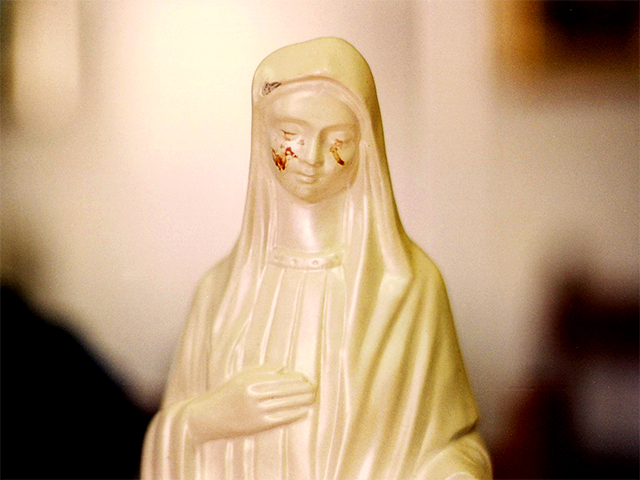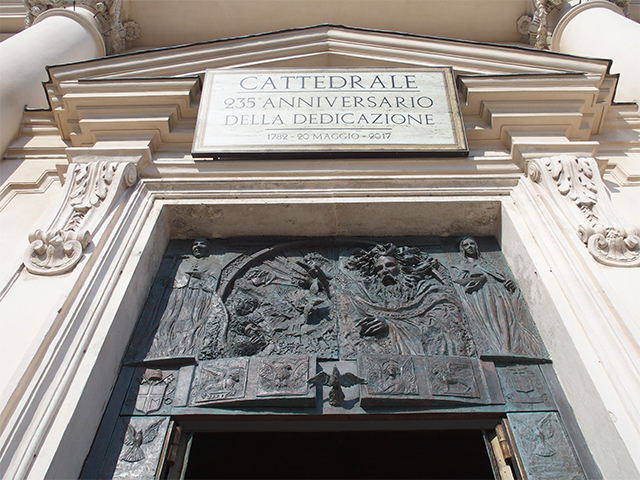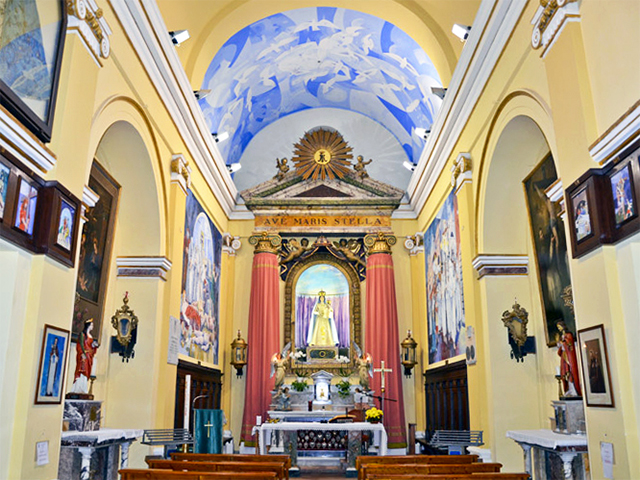Church of the Holy Japanese Martyrs
The Church of the Holy Japanese Martyrs in Civitavecchia, from the martyrdom of 26 Japanese Christians to the paintings by Luca Hasegawa. History, location and what to seeThe Church of the Holy Japanese Martyrs is located in Largo di San Francesco d'Assisi, easily reachable by a pleasant walk which takes you from Marina di Civitavecchia, passing through the platform of the Pirgo, to the Thaon de Revel Promenade, with its small open-air restaurants and the small harbor of Lega Navale.
Once there, you just have to turn left in Largo San Francesco d'Assisi and you will find yourself in front of the large church. In the small square in front of it there is the statue of Saint Francis of Assisi. On the other hand, within the church you can admire the beautiful frescoes by Japanese painter Luca Hasegawa.
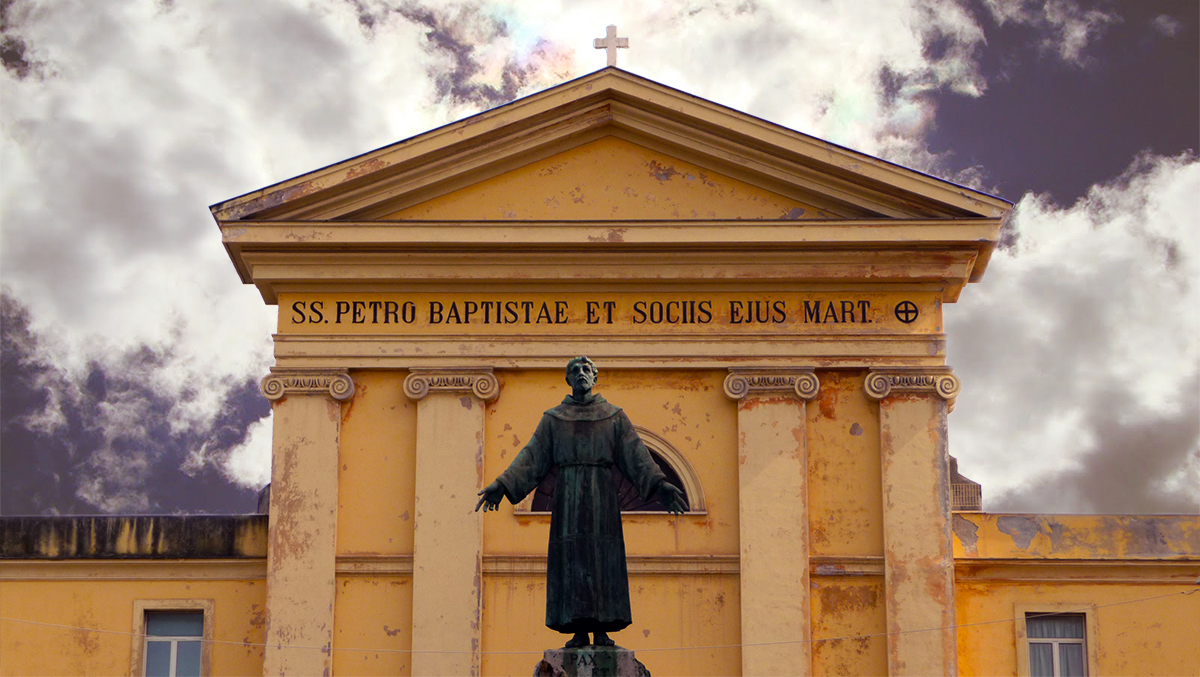
The Church of the Holy Japanese Martyrs in Civitavecchia
FROM THE MARTYRDOM OF THE CHRISTIANS TO THE CONSTRUCTION OF THE CHURCH
To get to know the full history of this church, we should take a leap back to 1549, the year in which the Jesuit fathers, led by Saint Francis Xavier, departed from Italy to Japan to convert to Christianity the Japanese population. The mission succeeded to convert so many proselytes that the Japanese shogun emanated a deportation order against the Jesuits.
When in 1593 arrived to Japan also the Franciscan friars, the story got complicated causing a second reaction by the shogun, which was harder this time. He ordered on 9 December 1596 to arrest Franciscans, Jesuits and neophytes Japanese Christians. It turned into a martyrdom of 26 Christians.
The 5 February 1597 on a hill outside Nagasaki, were raised 26 crosses: 6 Spanish missionaries, 17 Japanese Franciscan tertiaries (lay) and 3 Japanese Jesuits: a sacristan, a catechist and a preacher known as Paul Miki.
From there onwards was the beginning of a long process of canonization that came to an end only in June 8, 1862, the day on which the 26 Japanese martyrs ere finally raised to the glory of the altars.
In the meantime, Civitavecchia, thanks to the traffic of its Port, which was then owned by the Church, became an important stopover for all the religious people departing and arriving from the missions, bringing the need to build a new meeting point.
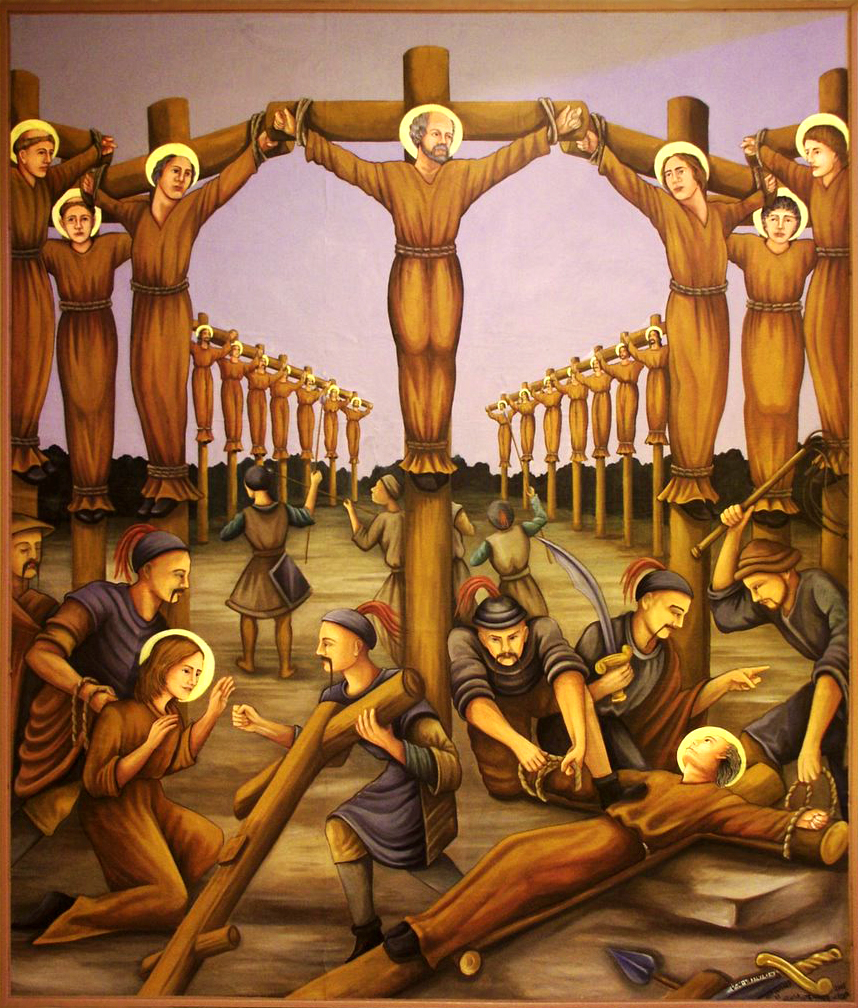
Martyrdom in Nagasaki on February 5, 1957
Thus, in 1863, Father Thomas from Rome, as Provincial Minister of the Minor Friars requested and obtained by Bishop Camillo Bisleti permission to build a church in the coastal zone of the Via Aurelia known as "Quattro Porte" ("Four doors").
There remained only the problem of costs and so Father Thomas also required from Pope Pius IX the permission to use a part of the alms collected for the canonization of the Holy Franciscan Martyrs of Japan with the promise that the future church would be dedicated just to them.
The works lasted more than eight years and finally on June 13, 1872, day of the feast of S. Anthony of Padua, the church was consecrated and the Franciscan Minor Friars made their official entry in the ecclesial reality of Civitavecchia.
POST WAR RECONSTRUCTION
The August 30, 1943, the second bombing suffered from Civitavecchia caused the collapse of the Church, that with so much love and dedication the Franciscan Friars Minor had built from nothing.
The reconstruction was slow and only on October 4, 1950, on the day of St. Francis of Assisi, during the year of the Great Jubilee, the new Church of the Holy Japanese Martyrs was inaugurated in Civitavecchia.
In the meantime Luca Hasegawa had arrived to Rome. He was a famous Japanese artist who had converted to Catholicism and joint in the capital to celebrate the Holy Year. Agostino Kanayama, representativo of Japan to the Holy See, seeing that the walls of the new building were still naked, thought of commissioning the famous Japanese painter to fresco the walls. He accepted willingly and started working right away.
THE PAINTINGS BY LUCA HASEGAWA
Luca Hasegawa worked on a series of frescoes from 1951 to 1957 by sharing in the meantime, the life of the convent. He returned to Japan in 1967 but was back on the road to Civitavecchia with the intention to continue the fresco of the vault, but once he arrived at Rome, he was struck by a sudden heart attack.
Among the first figures that Hasegawa painted, stand out without a doubt, the beautiful Madonna with the kimono and Child (from oriental lineaments and wearing clothes from the 16th century) and the scene of the 26 Japanese martyrs, fallen on the hill of Nagasaki the February 5, 1597 impressed in the five paintings of the apse.
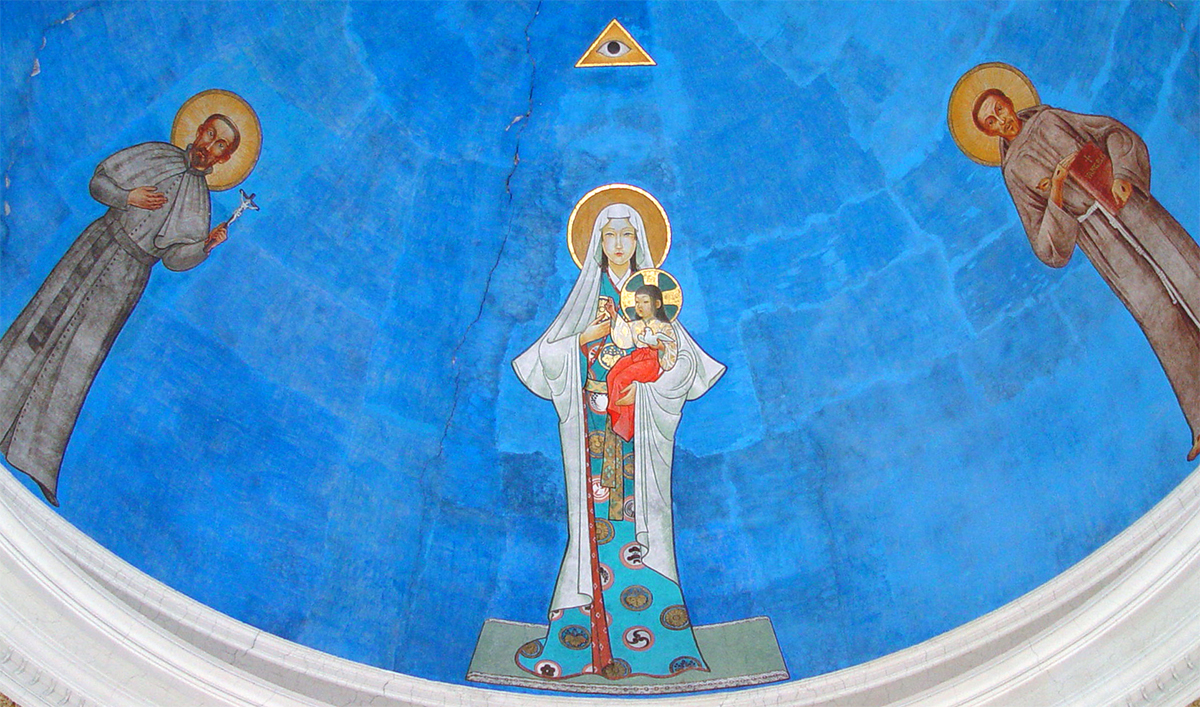
The Church of the Holy Japanese Martyrs, Civitavecchia - Virgin Mary in a Kimono, St. Francis Xavier and St. Francis of Asissi
On the sides of the Madonna are represented Saint Francis Xavier, the first Jesuit to introduce the Christian religion in Japan and San Francis of Assisi, the founder of the Order. On the sides of the apse Hasegawa paid homage to Santa Fermina, patroness of Civitavecchia and to Hasekura Tsunenaga, the first Japanese to land in the city in the seventeenth century.
The paintings of the 6 side altars, completed three years later, depict respectively St. Peter with the keys of Heaven, Saint Paul, Saint Joseph and the Child Jesus and St. Francis of Assisi, while in the chapel with a statue of the Virgin Mary and in the chapel of the Sacred Heart of Jesus, the painting of Sant'Antonio da Padova with the Child Jesus.
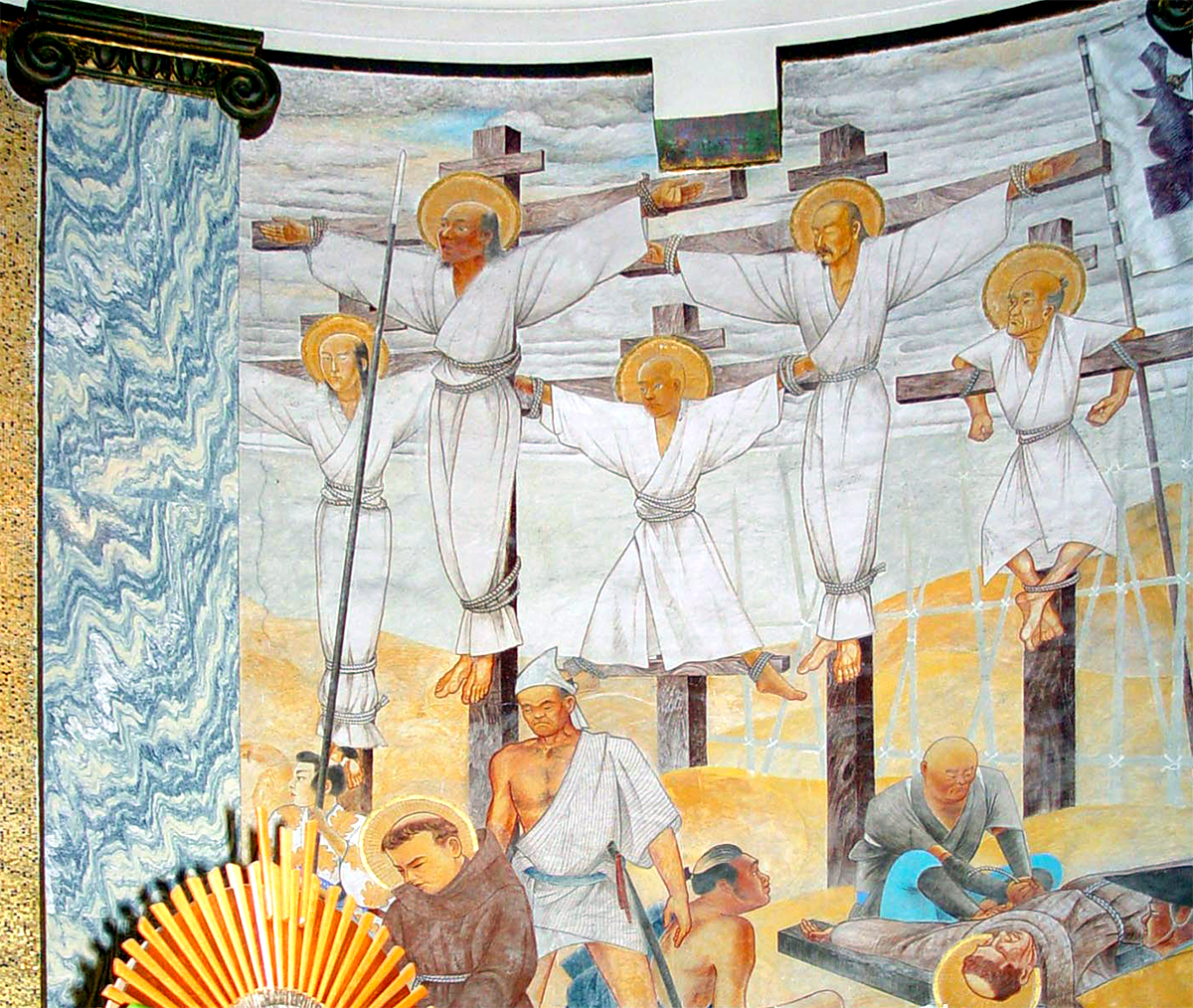
Scene of the martyrdom of 1597 painted by Luca Hasegawa - Civitavecchia, Church of the Holy Japanese Martyrs
Useful information
Parish of the Holy Japanese Martyrs
- HOW TO GET THERE
The Church of the Holy Japanese Martyrs is located in Largo San Francesco d'Assisi. It can be easily reached within few minutes walk from the Railway Station of Civitavecchia crossing Viale della Vittoria, or from the Port exiting at Varco Fortezza and going always straight ahead from the Marina up to Thaon de Revel Promenade.
- TIMETABLES
- Holy Mass Hours
Weekdays: 6.30 pmHoliday Eves: 6.30 pmHolidays: 8 am - 10.15 am - 11.30 am - 6.30 pm - PRICES
Free admission



 PORT MOBILITY CIVITAVECCHIA
PORT MOBILITY CIVITAVECCHIA








